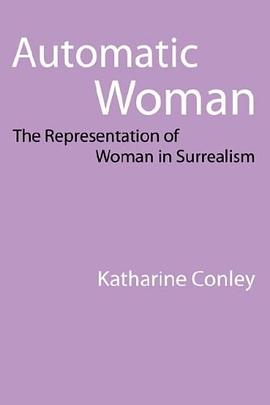

具體描述
Contemporary feminist critics have often described Surrealism as a misogynist movement. In Automatic Woman, Katharine Conley addresses this issue, confirming some feminist allegations while qualifying and overturning others. Through insightful analyses of works by a range of writers and artists, Conley develops a complex view of Surrealist portrayals of Woman. Conley begins with a discussion of the composite image of Woman developed by such early male Surrealists as Andre Breton, Francis Picabia, and Paul Eluard. She labels that image "Automatic Woman"--a term that comprises views of Woman as provocative and revolutionary but also as a depersonalized object largely devoid of individuality and volition. This analysis largely confirms feminist critiques of Surrealism. The heart of the book, however, examines the writings of Leonora Carrington and Unica Zurn, two women in the Surrealist movement whose works, Conley argues, anticipate much contemporary feminist art and theory. In concluding, Conley shows how Breton's own views on women evolved in the course of his long career, arriving at last at a position far more congenial to contemporary feminists. Automatic Woman is distinguished by Katharine Conley's judicious understanding of how women--and the image of Woman--figured in Surrealism. The book is an important contemporary account of a cultural movement that continues to fascinate, influence, and provoke us.
著者簡介
圖書目錄
讀後感
評分
評分
評分
評分
用戶評價
相關圖書
本站所有內容均為互聯網搜索引擎提供的公開搜索信息,本站不存儲任何數據與內容,任何內容與數據均與本站無關,如有需要請聯繫相關搜索引擎包括但不限於百度,google,bing,sogou 等
© 2025 book.quotespace.org All Rights Reserved. 小美書屋 版权所有




















